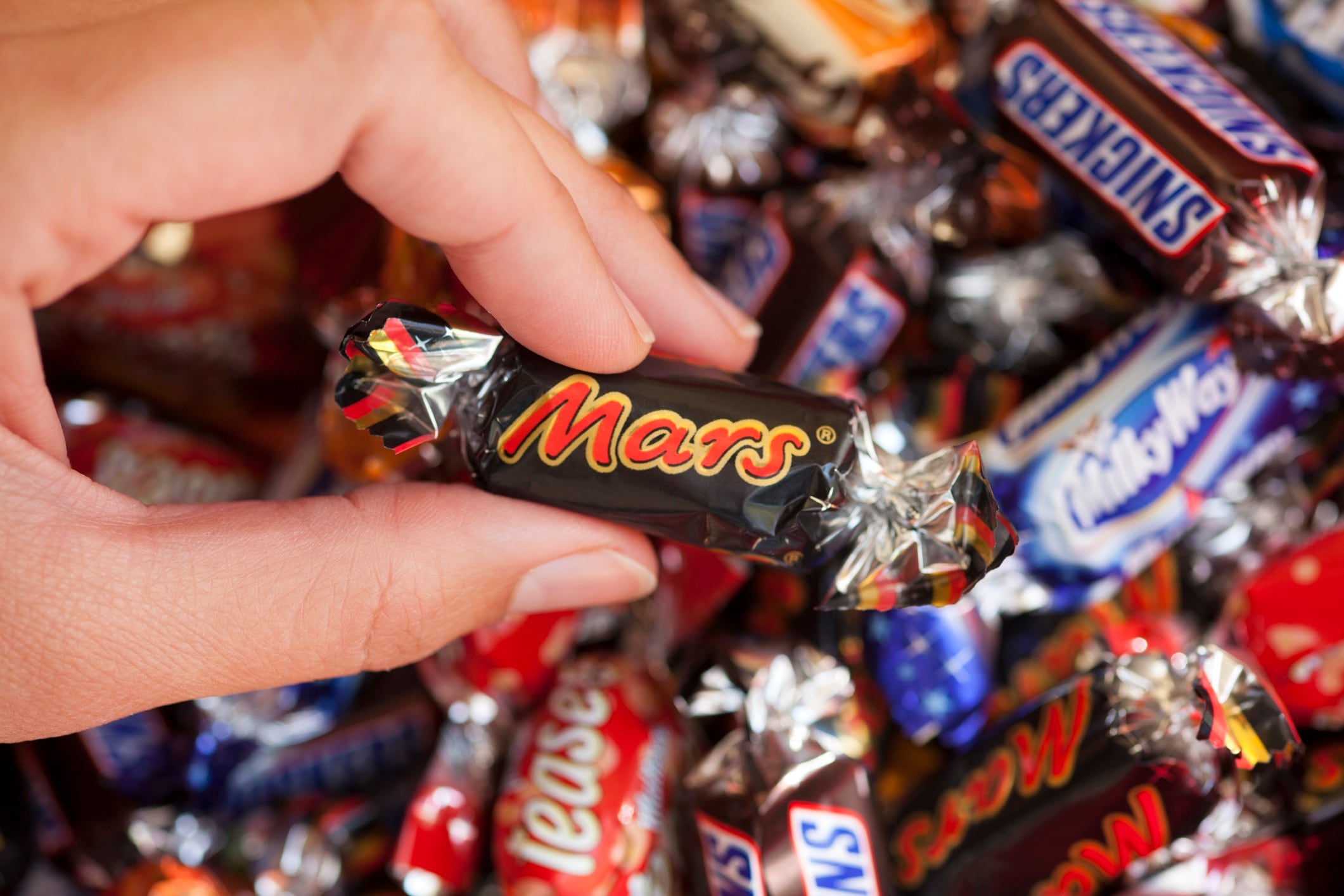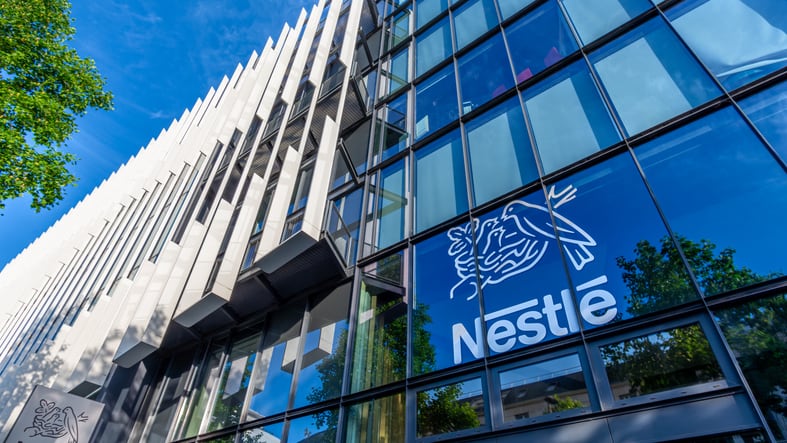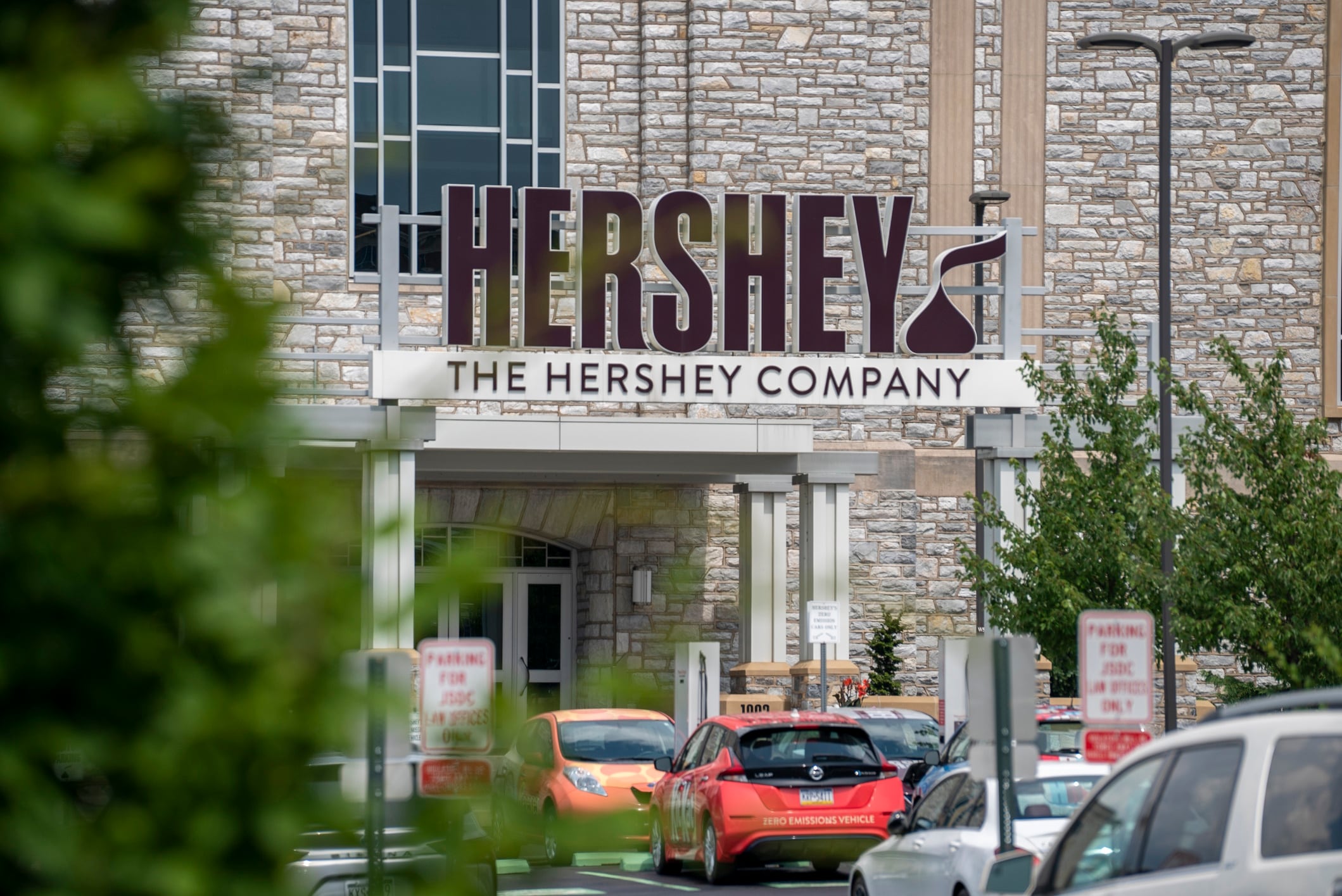What you need to know about Big Food M&A
- Major food giants like Ferrero, Mars and Kraft Heinz made bold moves in 2025
- Regional focus now drives acquisitions over traditional scale and synergy goals
- Private equity and venture arms accelerate innovation and portfolio diversification
- AI and e-commerce enable faster deal-making and easier market entry
- Health-focused brands and functional beverages expected to dominate 2026 activity
It’s not unusual for major players in food and beverage to buy, sell, and merge with others in the industry. It happens all the time. But rarely have we seen such significant shifts in such a short space of time. And all the big names are involved.
Just look at the last 12 months. Ferrero completed its acquisition of cereal brand WK Kellogg, Mars, Inc confirmed plans to buy snack brand Kellanova, The Kraft Heinz Company announced plans to split, and Unilever decided to offload its entire ice cream business.
Even industry leader Nestlé is getting in on the act, with ongoing talks to sell part of its water and supplements divisions. A move which comes amidst the multinational’s decision to slash 16,000 jobs worldwide.
So, with all this going on, we can’t help but wonder which sectors are next in line to make big moves in Big Food.

Big Food Big Moves 2026
“Global M&A is evolving,” says Issy Perez, managing partner at consultancy firm Boyden, and former general manager for Central America at Kraft Foods.
As a result, we can expect even bigger industry shifts heading into 2026. What’s more, the way companies buy and sell is changing, with Perez explaining that rather than focusing on scale targets with cost synergies or revenue opportunities, the emphasis is shifting towards “where” as much as “what”.
“Companies are becoming more regionally conscious when making acquisition decisions,” he explains. “For many, the safest and most attractive deals are those that align with favourable trade and regulatory environments, resilient supply chain regions, and regional growth opportunities - not just large cross-border targets.”
Added to this, private equity has become a key driver of innovation and value creation, pushing legacy players to evolve from slow, centralised operators into faster, partnership-focused brand portfolios.
“Traditional CPGs have been forced to quickly identify and be open to taking minority stakes in emerging brands,” says Perez. “A recent example is PepsiCo’s purchase of an 11% stake in Celsius, which has experienced exceptional growth due to Celsius’ product innovation and PepsiCo’s expanded distribution.”
Companies are also adopting a venture-capital mindset and helping start new ventures. For example, 7-Eleven has developed 7-Ventures, a corporate venture arm focused on discovering, partnering, and investing in start-ups that complement the 7-Eleven “mission of convenience”.
Meanwhile, leading CPGs such as Nestlé, Coca-Cola, Kraft Heinz, General Mills, and Danone, continue to invest in shared services, procurement efficiency and a data-driven performance culture, to enhance internal platform capabilities, enabling them to acquire brands more effectively in the future.
Furthermore, AI is emerging as one of the biggest drivers behind the increased M&A activity, as companies are able to quickly identify the right brand fit for them. It’s also speeding up new company’s access to the market.
And this trend will only continue as AI becomes more and more established within the food and beverage industry.
“The rise of e-commerce has created an environment where early-stage food and beverage companies can more easily enter the market with less capital investment,” says Jeff Hechtman, partner at law firm Kilpatrick’s Mergers & Acquisitions. “This ease of entry has driven greater competition in certain segments of the food and beverage sector and an overall increase in purchase and sale transactions.”
However, he cautions that this development has also led to a rise in business failures in the middle-market and below.

Sectors set for biggest M&A activity in 2026
The buying, selling and merging trend is set to continue and grow as we head into 2026. However, it’s expected to be concentrated in several high-growth sectors.
- Better-for-you is expected to lead the charge as consumers increasingly favour clean-label, minimally processed products and functional nutrition
- Non-alcoholic and functional beverages such as kombucha, prebiotic sodas, and rapid hydration drinks will attract major players seeking wellness-driven growth
- Premium alcoholic beverages, including craft spirits and fine wines, are also poised for consolidation as premiumisation trends persist
- Protein categories will see renewed interest in traditional meat-based products, while plant-based alternatives stabilise
- Private-label manufacturers are expected to experience strong deal flow due to inflationary pressures and consumer trade-down behaviour.

What does this mean for the future of Big Food?
The pace and scale of change suggest that 2026 could be a watershed year for the food and beverage industry.
Consolidation is no longer just about size, it’s about agility, regional resilience, and the ability to innovate at speed.
As AI accelerates deal-making and e-commerce lowers barriers to entry, the traditional lines between legacy giants, start-ups, and private equity will blur even further.
For brands, the choice appears to be adapt or be acquired, while consumers can expect a wave of new products designed to meet their evolving health, convenience, and sustainability needs.
And for the industry as a whole, the next 12 months will likely redefine what it means to be a global food leader.
Big Food’s big moves aren’t slowing down, they’re just getting started.





